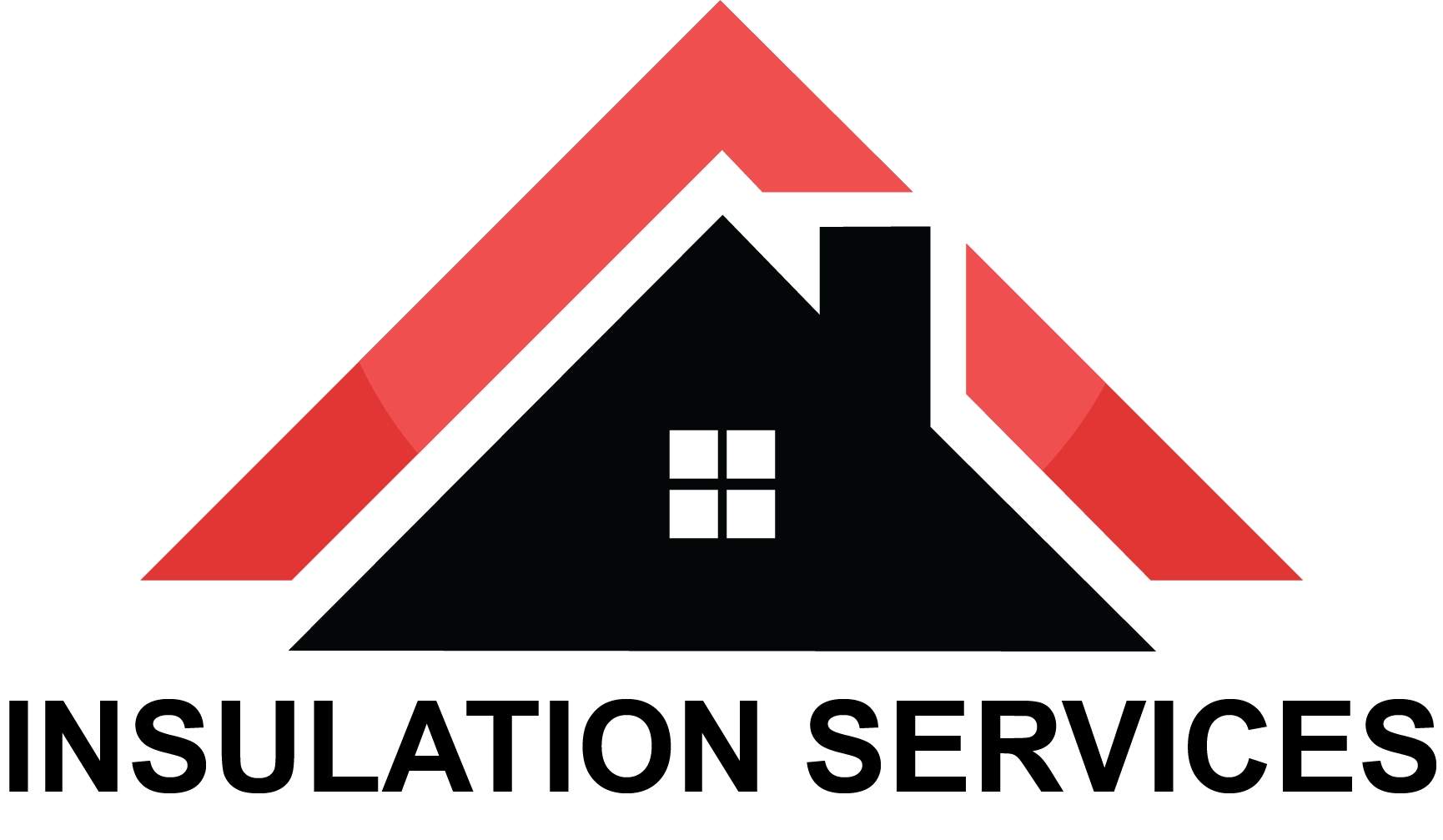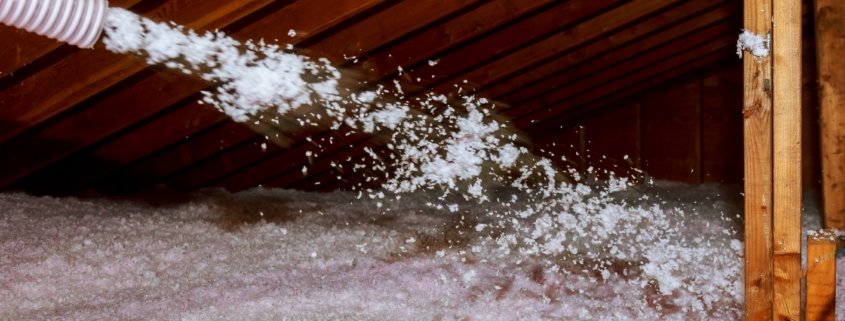How Much Loose Fill Insulation Do I Need?
Our homes stay warm and cozy in the winter while others feel like iceboxes. What is this mystery, you may think? It is not a mystery, it’s insulation! One of the most popular types is loose fill insulation. It is a fluffy and soft material that helps keep your home’s temperature just right all year long. Here’s the big question: how much insulation do you actually need?
Don’t stress too much, at Insulation Services, we make sure to guide in every step. Our attention to detail and strong craftsmanship make us reliable. Let’s break down insulation in a way that’s simple and easy to understand.
What Is This Loose Fill Insulation?
This insulation is made of tiny pieces of material. These materials include fiberglass, cellulose, or mineral wool. These are blown into attics and walls. Imagine it like snowflakes filling up every little gap in your attic. It’s lightweight and soft AND it’s great at stopping heat from escaping your home in the winter (or sneaking in during the summer).
This type of insulation is perfect for older homes or tricky spaces. It creates an even layer that helps lower your energy bills and keeps your home comfortable.
Right Amount Matters
You might think, “If some insulation is good, more must be better, right?” NOT ALWAYS! The right amount of loose fill insulation is key.
- Too LITTLE means heat will still escape.
- Too MUCH can cause poor air circulation or even moisture buildup.
Insulation Services professionals always take careful measurements before starting any job. Homeowners’ goal is to get just the right amount. This amount should be enough to keep your home warm and energy-efficient. We also should not be wasting money or materials.
Understanding R-Value: The Secret to Insulation Power
When it comes to insulation, you’ll often hear about something called “R-value”. This number tells you how well the insulation resists heat flow. The higher the R-value, the better it keeps your home insulated.
Different parts of the country need different R-values because of climate.
- Cold climates: R-49 to R-60 in attics.
- Mild climates: around R-38.
- Warm climates: R-30.
Loose fill insulation comes with different R-values depending on the material.
- Fiberglass loose fill: R-2.2 per inch.
- Cellulose loose fill: R-3.2 to R-3.8 per inch.
So, if you need an R-49 and you are using fiberglass. You need 22 inches of insulation. Your installer can easily calculate this for you.
Quick Maths: How Much You Need
Still don’t get it? There is a simpler way to figure it out as well.
- Look at your space: For this, you need to multiply the length by the width to get the total square footage.
Example: A 20×30 attic = 600 square feet.
- Find your target R-value: Now, check local energy codes. You can also ask a professional.
- Insulation chart: Every bag of loose fill insulation shows the required bags per 100 square feet. This will help you to reach a certain R-value.
- Do the math: Okay, last step! You need to multiply your attic’s square footage by the number of bags needed for 100 square feet.
Example For Understanding:
You have 600 square feet. You want an R-38 level with cellulose insulation. If the bag says you need 2.8 bags per 100 square feet. Then, you need about 17 bags total (2.8 x 6 = 16.8).
Oof, crazy mathematics? You don’t have to figure this all out yourself! Professionals can handle these calculations quickly.
Why Choose Loose Fill Insulation?
Loose fill insulation has many benefits that make it a favorite among homeowners and installers.
- Loves to fit anywhere: It fills in around pipes, wires, and tight corners easily.
- Very energy efficient: You enjoy reduced heating and cooling costs with this insulation.
- Can be environmentally friendly: Cellulose loose fill is made from recycled paper. Cool, right?
- Comfort for a long time: It can help regulate temperature for many years, once it is in.
Your home is drafty? Your energy bills keep climbing? It is the perfect time to consider upgrading your insulation.
While some homeowners try DIY insulation projects, it’s usually best to let the pros handle it. It takes special equipment and a good understanding of how much material to use to properly install.
Keep Your Home Comfortable All Year Long
Adding or upgrading your loose fill insulation is one of the easiest ways to make your home more energy-efficient and comfortable. How?
- Lower heating and cooling costs.
- Fewer drafts and cold spots.
- A peaceful home.
Conclusion
How much loose fill insulation you need doesn’t have to be confusing. It all comes down to your home’s size, your local climate, and most importantly, the R-value.
At Insulation Services, we make the process simple from start to finish. We will help you get the perfect balance of comfort, savings, and energy efficiency.
Ready to make your home cozier? Contact us today and let’s keep your home warm in winter and cool in summer. The smart way!
FAQs
What is the best loose fill insulation?
Almost all types of insulation have their own pros and cons. Cellulose is the best insulation for some people because of countless advantages.
What are the disadvantages of loose fill insulation?
Moisture! Cellulose absorbs a lot of moisture. It leads to mold and mildew. Sometimes, health problems also come up. If good materials are not used, there is a risk of fires as well.
What are the main reasons of failure of insulation?
The main reasons for insulation failure include thermal stress, electrical stress from overvoltages, mechanical damage and environmental contamination such as moisture, dirt, and chemicals, and the natural aging of the material over time.
Does insulation prevent mold?
No, insulation does not prevent mold on its own. If dry insulation is properly installed, it can reduce moisture. This helps to prevent mold.
How to properly install insulation?
For proper installation of insulation, you need to call a professional. Contact Insulation Services for more information.




Leave a Reply
Want to join the discussion?Feel free to contribute!